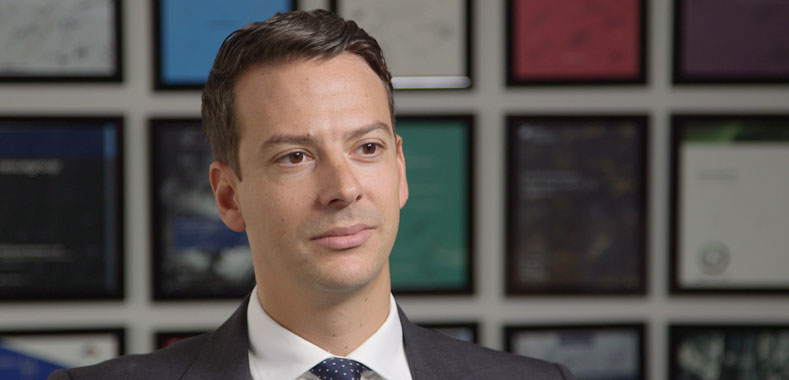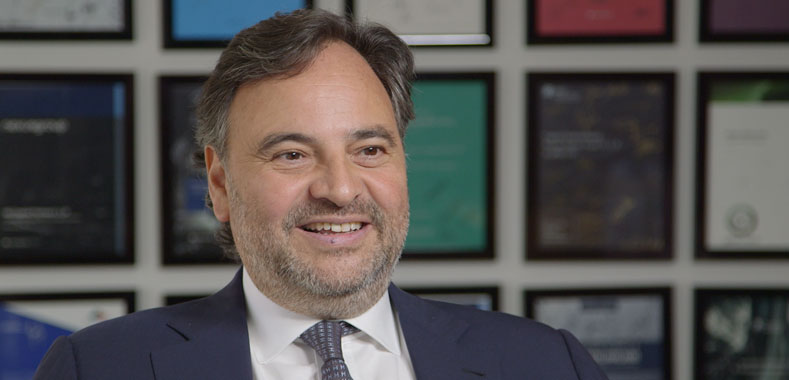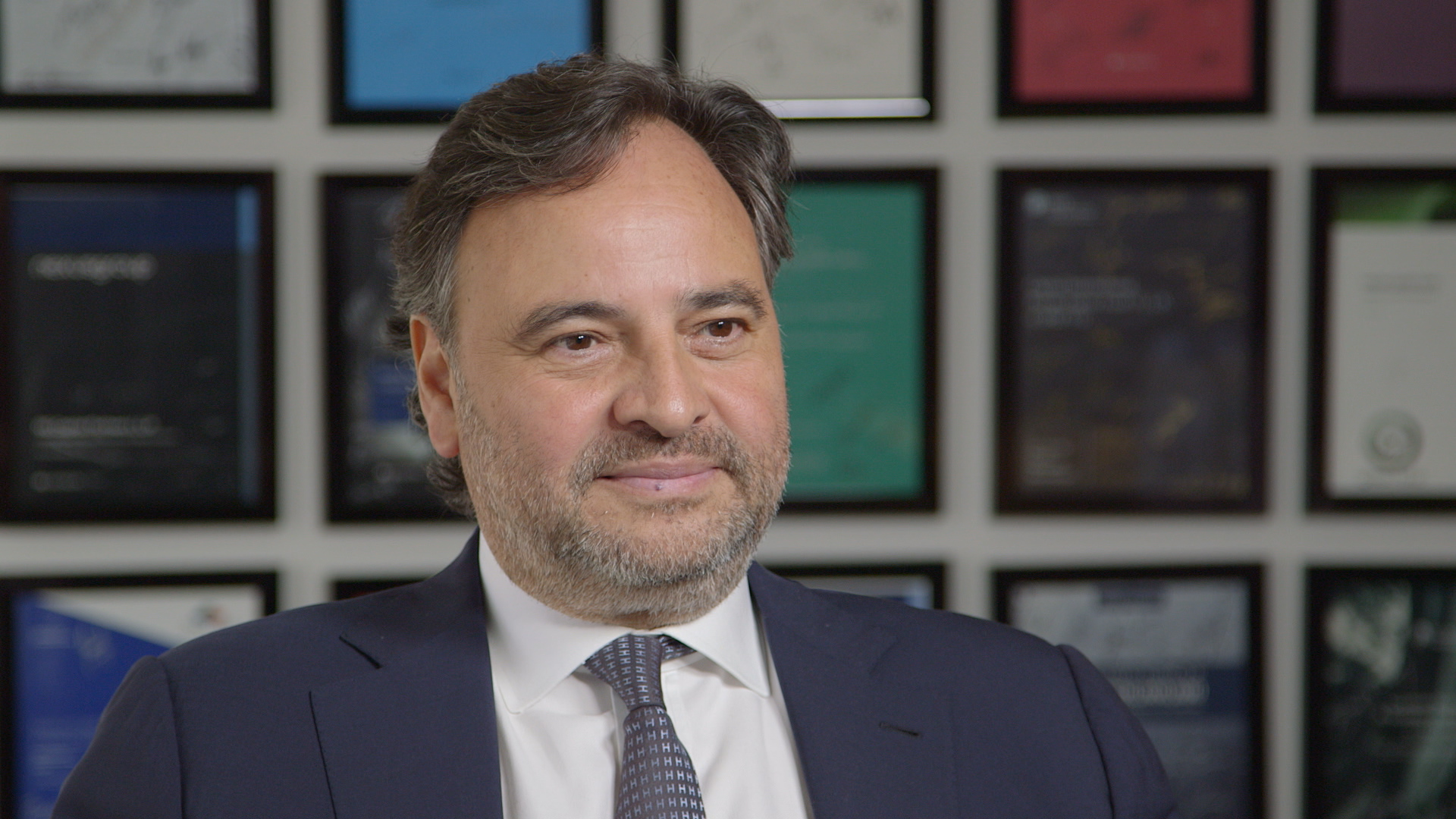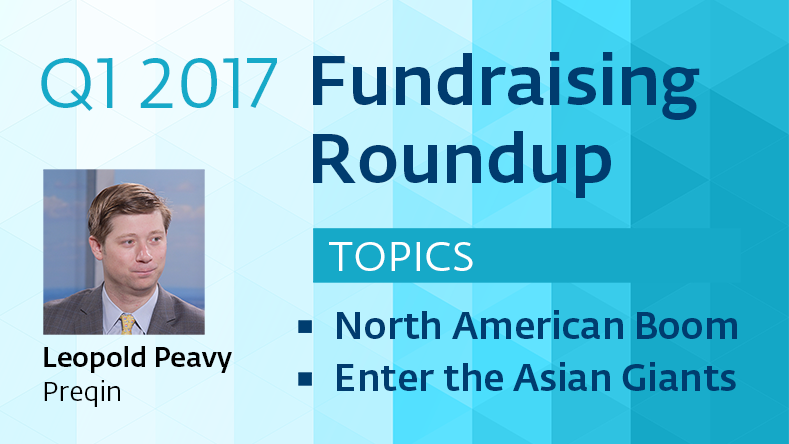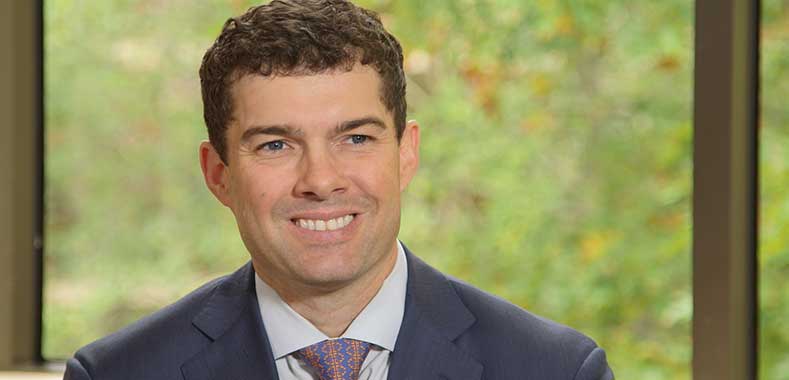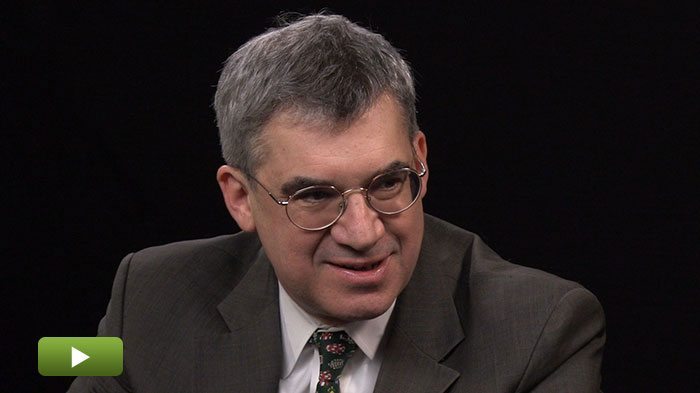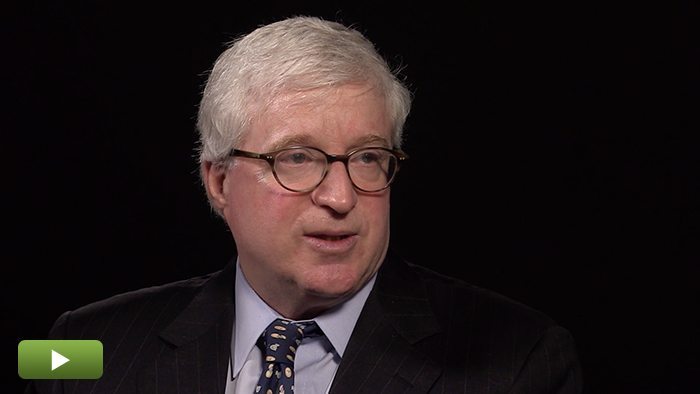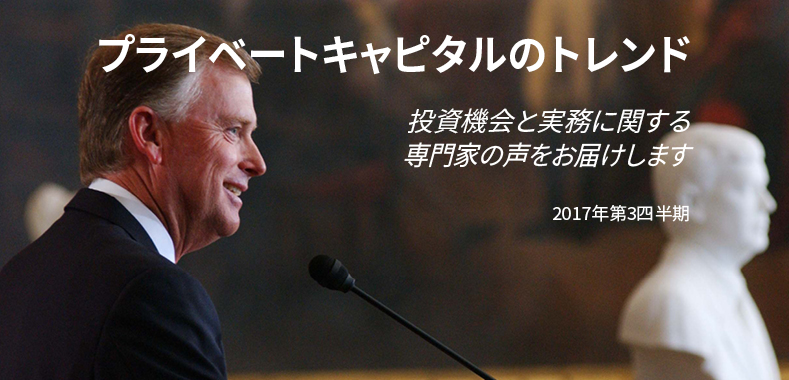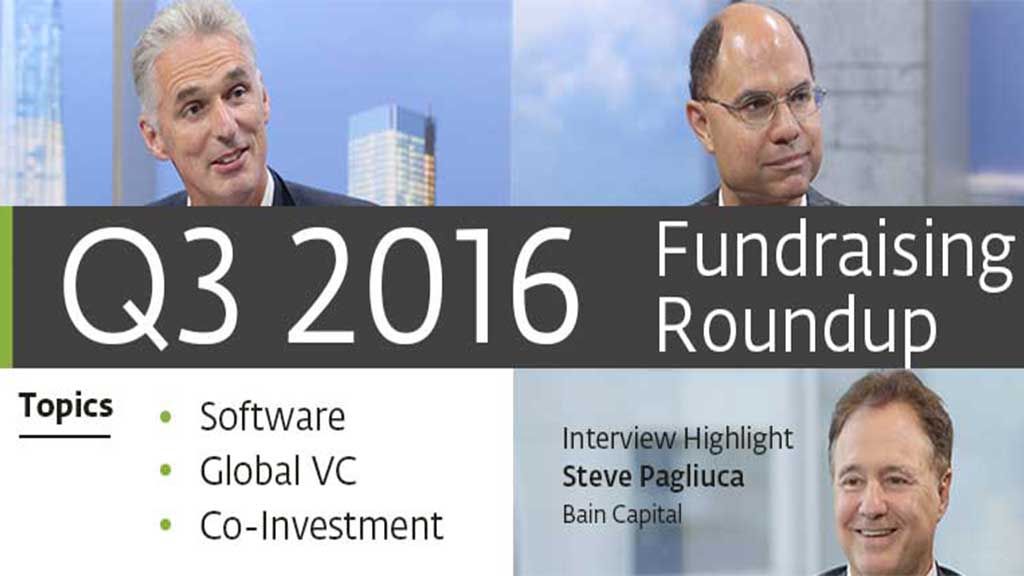Inside the Alaska Permanent Fund
An interview with Yup Kim, who helps oversee special opportunities for the Alaska Permanent Fund. (Kim will be speaking at the SuperReturn US West event in San Francisco.)
Established in 1976, the Alaska Permanent Fund Corporation is now a $56B investment vehicle with roughly $14B in alternative investments. Based in Juneau, Alaska, the fund is known for its sophisticated approach to investing and for its long-term outlook. Privcap spoke with Yup Kim, the senior portfolio manager who helps oversee the fund’s special opportunities strategy, about what makes his platform unique, and what types of investments he would consider.
Privcap: You help oversee special opportunities at the Alaska Permanent Fund. How do you define “special opportunities?”

Yup Kim, Alaska Permanent Fund: The special opportunities mandate seeks longer-term, higher-conviction, potentially highly concentrated, theme-driven investments across asset classes, sectors and geographies. The portfolio today covers a wide spectrum, including direct investments in venture capital and buyout deals, co-investments alongside general partners, and strategic stakes in well-known investment firms. The time-horizon of the mandate allows us take long-term, often contrarian views and empowers us to be enterprising investors—not simply defensive ones.
Our special opportunities investment activities have long-term organizational benefits—it improves our in-house direct expertise, allows us to exercise better governance, informs our activities in other asset classes, and helps us develop strong professional networks across our active mandates. From a portfolio construction standpoint, it offers less blind pool risk, more control of the portfolio’s idiosyncratic exposures, and the unique flexibility to invest around high conviction themes at much lower costs.
What are the top themes that you are interested in right now?
Kim: Outside of the U.S. and Western Europe, we like the consumer growth story in certain emerging markets, particularly India and Brazil. Despite near term macroeconomic concerns, demographic trends point to compelling long-term opportunities in these regions.
We continue to explore non-traditional ways to generate long-term compounding. Given we’re not in the carried interest business, we never have to force an exit and we retain the optionality to own an asset for decades. We hope to leverage our passive stability and long-term orientation to acquire minority stakes in resilient companies or private assets compounding with attractive free cash flow characteristics.
Additionally, we’re monitoring markets vulnerable to structural shocks and turbulent dislocations. Since we don’t have a set investment period, we can be infinitely patient. While there are plenty of situational distress opportunities, we have the luxury to wait for systemic distress and, upon its arrival, build positions in significant blocks in those markets. It’s never easy making bold decisions in a fleeting window against the jittery backdrop of a falling knife environment, so it’s critical to do adequate homework and get the team comfortable well in advance.
Finally, we continue to pursue transformative VC-backed life sciences and technology companies. The combination of our time horizon and scale allow us to back big thinkers with big ideas to solve big problems. Advances in science, medicine, and technology in the past decade are a real reminder that the only constant in the world today is accelerating change.
What role do private capital strategies play in the overall APFC portfolio?
Kim: Absolute return and diversification are harder to come by in today’s policy-driven financial markets – ultra-low rates globally have suppressed expected returns across the public realm. Furthermore, unprecedented central bank intervention have pushed public markets around the world to move in sync, making it harder to find uncorrelated alpha.
Against this backdrop, private capital strategies play a critical role in the overall portfolio. The idiosyncratic nature of private investments provide much needed diversification from the ups and downs of monetary policy, while delivering less correlated alpha boosted by illiquidity premiums. Given the negotiability of private deals vs. public investments, we’re able to leverage our scale to be more assertive and negotiate beneficial terms and better risk-adjusted return matrices through enhanced ownership and investment structures.
In what situations would you prefer to be a direct investor and in what situations would you commit to funds?
Kim: When evaluating new themes, we parallel process, identifying the right strategic and financial investors with the most relevant sector expertise alongside direct opportunities in the space, often through intermediaries. The two forms of investment are often symbiotic. Naturally, many of our direct investments are sourced from trusted GP relationships we’ve developed over time, but on the flipside, we’ve also been introduced to credible investors through our direct activities. We’re often able to direct relevant deal flow or provide financing to our GPs and this creates value beyond any single trade.
Our resource constraints require us to commit the majority of our dollars through primary commitments, but where we can build conviction through intelligent effort, we prefer to make direct investments to generate attractive risk-adjusted returns on a more concentrated basis at a lower cost to Alaska.
What should managers understand about APFC before booking a ticket to Juneau?
Kim: Our lean team oversees $56 billion and invests across assets globally. We operate far from the epicenters of deal-flow and our resources are often stretched, so we highly value managers who make a commitment not only to generate attractive returns but also explore ways to complement our in-house activities.

